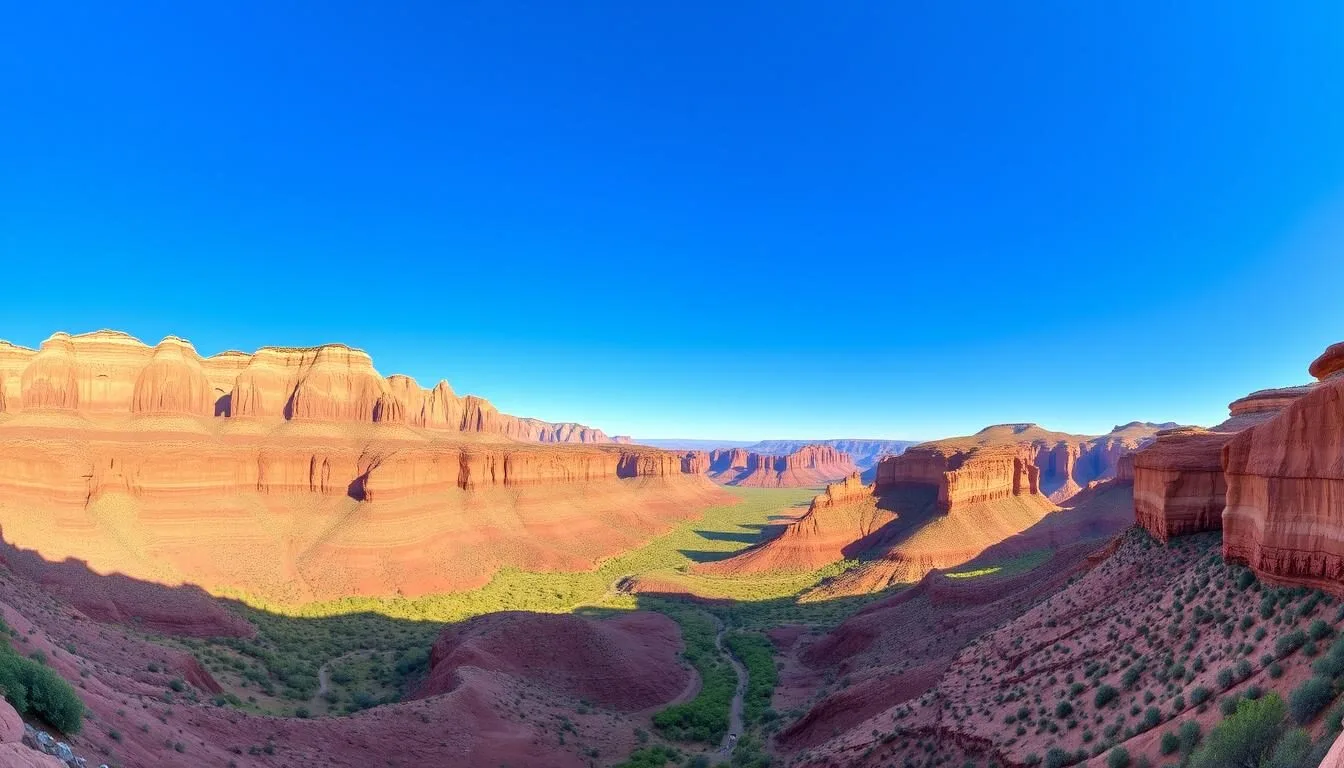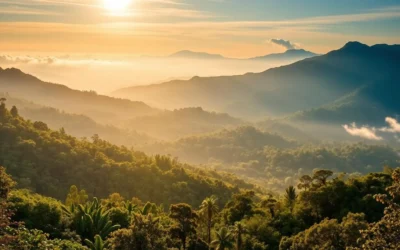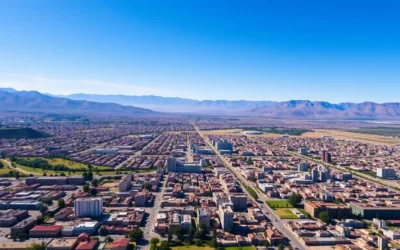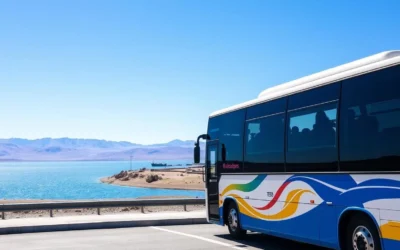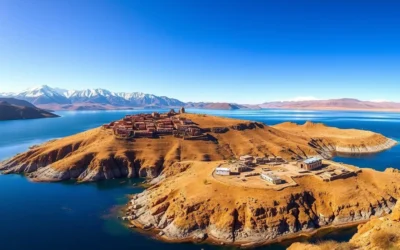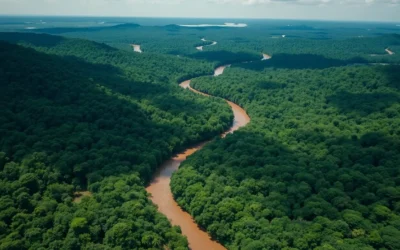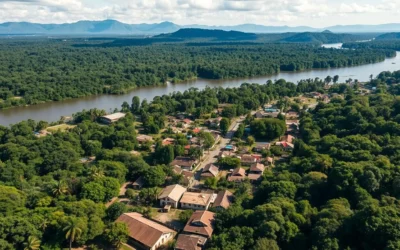Did you know that Toro Toro National Park in Bolivia houses over 2,500 dinosaur footprints and is home to Umajalanta, one of the deepest caves in South America at 164 meters (538 feet) deep? This geological wonderland, tucked away in the eastern Andes, offers a rare glimpse into prehistoric times while showcasing some of Bolivia’s most spectacular landscapes.
Getting There & Planning Your Journey
Reaching Toro Toro National Park requires some determination, but the journey is well worth the effort. The park is located in central Bolivia, approximately 140 kilometers (87 miles) south of Cochabamba city.
From Major Cities
Your journey to Toro Toro will likely begin in Cochabamba, which has domestic flight connections from La Paz, Sucre, and Santa Cruz. If you’re planning your Bolivia itinerary, consider checking flight options to minimize travel time.
Find the Best Flight Deals to Bolivia
Compare prices and book your flights to Cochabamba, the gateway to Toro Toro National Park.
From Cochabamba to Toro Toro
The most affordable option is taking a colectivo (shared minivan) from Cochabamba. These depart from Avenida Republica (look for “Parada Torotoro Trans 21 Noviembre” on maps) throughout the day from 6:00 AM to 6:00 PM.
- Cost: 35 Bs (approximately $5 USD)
- Duration: 3-4 hours, depending on road conditions
- Frequency: Colectivos leave when full (expect a 1-2 hour wait)
The final hour of the journey involves a bumpy ride on dirt roads as you ascend to Toro Toro village. If you’re prone to motion sickness, bring appropriate medication.

Best Time to Visit Toro Toro National Park
Toro Toro has a sub-Andean climate with distinct seasons that can significantly impact your experience.
| Season | Months | Weather | Recommendation |
| Dry Season (Best) | April to November | Clear skies, cooler temperatures | Ideal for hiking and cave exploration |
| Rainy Season | December to March | Frequent rain, possible road closures | Avoid if possible; roads can become impassable |
| Winter | June to August | Cold nights (5-10°C/41-50°F), pleasant days | Bring warm clothing for evenings |
The best months to visit are April-May and September-October when temperatures are pleasant, rainfall is minimal, and the landscape is either lush (April-May) or dramatically contrasted (September-October).

Getting Around Locally
Toro Toro National Park has a unique requirement: visitors must hire a local guide to enter the park. This regulation applies to all areas surrounding the town, as they form part of the protected area.
Guide Requirements
To explore the park, you’ll need to:
- Purchase an entry ticket (100 Bs/$15 USD) at the Tourism Office
- Visit the Casa de las Guías (Guide House) to book your tours
- Join a group of up to 6 people to share guide costs
The entry ticket is valid for 4 days, making it worthwhile to plan multiple excursions. Guide services cost 100 Bs per group for each circuit, so joining others reduces your individual cost significantly.
Important: Guides speak Spanish or Quechua only. If you don’t speak Spanish, try to join a group with someone who does or consider hiring a translator.
Transportation Within the Park
Some circuits require additional transportation costs (approximately 150 Bs per group). These typically include:
- 4WD vehicles to reach Umajalanta Caverns
- Transport to Ciudad de Itas rock formations
El Vergel circuit can be done entirely on foot from town, though it involves significant hiking.
Where to Stay
Toro Toro village offers surprisingly diverse accommodation options for such a remote location. While luxury options are nonexistent, you’ll find comfortable places to rest after your adventures.
Budget Options
Basic hostels and guesthouses are available from 25-40 Bs ($3-6 USD) per person. These typically offer simple rooms with shared bathrooms and sometimes basic kitchen facilities.
Recommended: Alojamiento Charcas offers clean rooms at affordable prices and is conveniently located near the main plaza.
Mid-Range Options
For a bit more comfort, several family-run hotels offer private rooms with hot water and better amenities for 70-120 Bs ($10-17 USD) per night.
Most accommodations are within walking distance of the guide office and main plaza, making them convenient bases for exploration.

Find Your Perfect Stay in Toro Toro
Book accommodation in advance to secure the best options in this remote destination.
Pro Tip: There is only one ATM in Toro Toro, and it only accepts Visa cards. Bring sufficient cash from Cochabamba as the ATM is frequently empty.
Dining & Local Cuisine
Toro Toro isn’t a culinary destination, but you’ll find sufficient options to keep you fueled for your adventures. The town offers a mix of small restaurants and food stalls serving simple, hearty Bolivian fare.
Where to Eat
- Mercado de Toro Toro: The market hall features several food stalls run by local women serving meals for around 10 Bs ($1.50). Expect simple but filling dishes like chicken, rice, and plantains.
- Torotoro Restaurante: A dinosaur-themed restaurant offering slightly more varied menu options for 30-40 Bs ($4-6) per meal.
- Small Comedores: Family-run eateries around the plaza serve set meals (almuerzo) for reasonable prices.

Local Specialties
While in Toro Toro, try these regional dishes:
- Sajta de Pollo: Spicy chicken dish with potatoes and herbs
- Sopa de Maní: Peanut soup, a Bolivian specialty
- Chicha: Traditional fermented corn drink (if available)
For hikers, packing some snacks from Cochabamba is recommended as options for trail food in Toro Toro are limited.
Attractions, Sightseeing & Activities
Toro Toro National Park offers a fascinating mix of geological wonders, prehistoric sites, and natural beauty. Here are the must-see attractions:
Umajalanta Caverns
The crown jewel of Toro Toro, these extensive caverns stretch 4,600 meters and descend 164 meters underground. The cave system features impressive stalactite and stalagmite formations, underground rivers, and even blind fish.
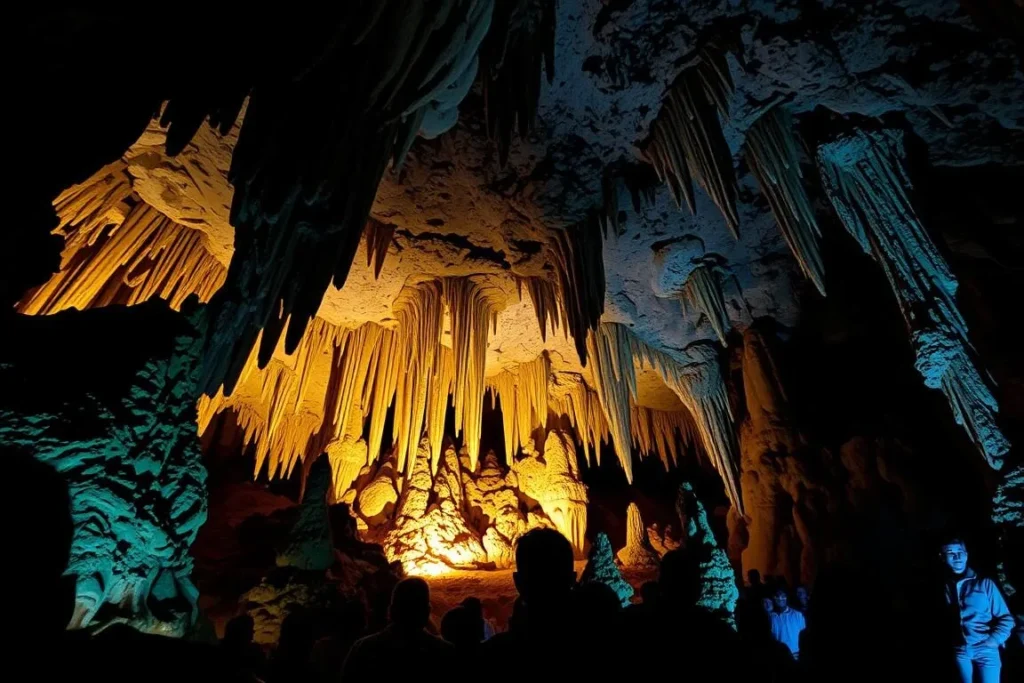
This adventure involves climbing, crawling, and navigating narrow passages – not recommended for those with claustrophobia but an unforgettable experience for adventure seekers.
Note: Additional equipment rental (helmet and headlamp) costs 12 Bs per person and is mandatory for this excursion.
Dinosaur Footprints
Toro Toro is renowned for its extensive dinosaur tracks, with over 2,500 footprints from both carnivorous and herbivorous dinosaurs dating back 120 million years. The best-preserved footprints can be seen:
- Near the entrance to Umajalanta Caverns
- Along the river at the village entrance
- On the El Vergel circuit
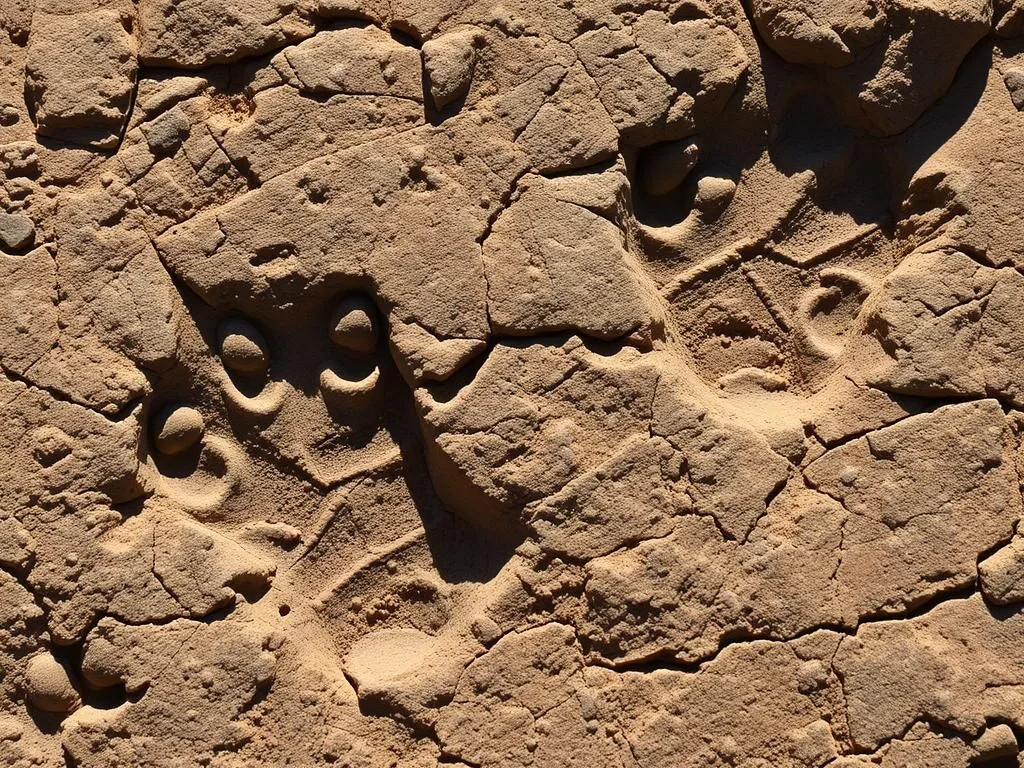
El Vergel Canyon
This impressive canyon features 200-meter (656-foot) deep walls and leads to the beautiful El Vergel waterfalls. The circuit includes:
- Panoramic viewpoints of the canyon
- A descent of 800 steps to reach the canyon floor
- Crystal-clear pools for swimming (though quite cold!)
- Opportunities to spot condors with wingspans up to 3-4 meters

Ciudad de Itas
This “Stone City” features fascinating rock formations that resemble an ancient city with arches and cathedral-like structures. The area also contains cave paintings and additional dinosaur footprints.
Explore Toro Toro with Expert Guides
Book guided tours to experience the best of Toro Toro National Park’s natural wonders.
Cultural Spots & Festivals
While Toro Toro is primarily known for its natural attractions, the area offers some cultural experiences worth exploring:
Local Communities
The town of Toro Toro and surrounding villages provide glimpses into traditional Andean life. Most residents are of Quechua descent and maintain traditional agricultural practices.

Llama Chaqui Ruins
Located southeast of Toro Toro town, these archaeological remains showcase elements of Quechua culture. This site requires a longer trek (approximately 19 km one way) and is less frequently visited.
Seasonal Celebrations
If your visit coincides with local festivals, you may witness traditional dances, music, and ceremonies. Notable celebrations include:
- Carnival (February/March, dates vary)
- Town Anniversary (September 14)
- All Saints Day (November 1-2)
These events offer opportunities to experience local customs, try traditional foods, and interact with community members.
Outdoor Adventures
Toro Toro National Park is a paradise for outdoor enthusiasts, offering activities ranging from moderate to challenging:
Caving
Beyond the famous Umajalanta Caverns, several smaller cave systems can be explored with guides. These vary in difficulty and offer different geological features.
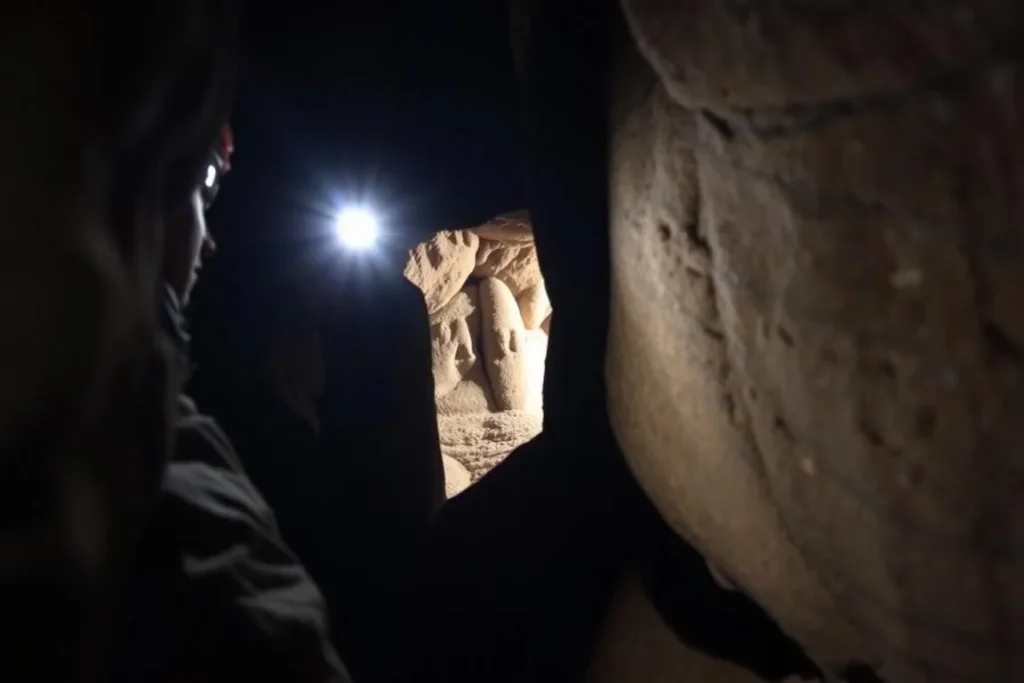
Hiking
The park offers numerous hiking opportunities with varying difficulty levels:
- El Vergel Circuit: 8 km round trip with significant elevation change
- Quirusmayo to Ciudad de Itas: A longer trek (24.4 km) that follows local trails
- Canyon Rim Walks: Several options for panoramic views
Wildlife Watching
The park’s diverse ecosystems support various wildlife species:
- Andean condors soaring through canyons
- Flocks of parakeets and the endangered red-fronted macaw
- Viscachas (rabbit-like rodents) among rock formations

Photography
Photographers will find endless opportunities to capture stunning landscapes, geological formations, and cultural elements. The dramatic light at sunrise and sunset creates particularly magical conditions for photography.
Safety, Etiquette & Local Customs
Ensuring a respectful and safe visit to Toro Toro requires awareness of several important factors:
Safety Considerations
- Altitude: Toro Toro sits at approximately 2,000-3,500 meters (6,600-11,500 feet) above sea level. Allow time to acclimatize and stay hydrated.
- Cave Exploration: Follow guide instructions carefully when exploring caves. The terrain can be challenging and potentially dangerous.
- Sun Exposure: The Bolivian sun is intense at high altitudes. Wear sunscreen, a hat, and protective clothing.
- Transportation: Road safety standards may be lower than you’re accustomed to. Choose reputable transport providers when possible.
Cultural Etiquette
Respecting local customs enhances your experience and supports positive tourism:
- Ask permission before photographing local people
- Dress modestly, especially when visiting communities
- Learn basic Spanish phrases to communicate with locals
- Support local businesses and guides

Environmental Responsibility
Help preserve this unique ecosystem for future visitors:
- Stay on designated trails
- Pack out all trash
- Don’t touch or remove fossils, rocks, or plants
- Minimize water usage in this semi-arid region
Practical Travel Tips
Make your Toro Toro adventure smoother with these essential tips:
What to Pack
- Sturdy hiking boots with good ankle support
- Layers of clothing (temperatures vary significantly between day and night)
- Headlamp or flashlight (even outside of cave exploration)
- Water bottle and water purification method
- Basic first aid supplies
- Cash (sufficient for your entire stay)
Planning Your Visit
Recommended Stay
Two full days (three nights) allows time to see the major attractions without rushing. If time-constrained, a two-night stay is possible but requires careful planning.
Suggested Itinerary
Day 1: Umajalanta Caverns and Ciudad de Itas
Day 2: El Vergel Canyon and dinosaur footprints
Communication
Internet access is limited in Toro Toro. There is an Entel service point where you can purchase internet time, but connections are slow. Mobile service is spotty at best.
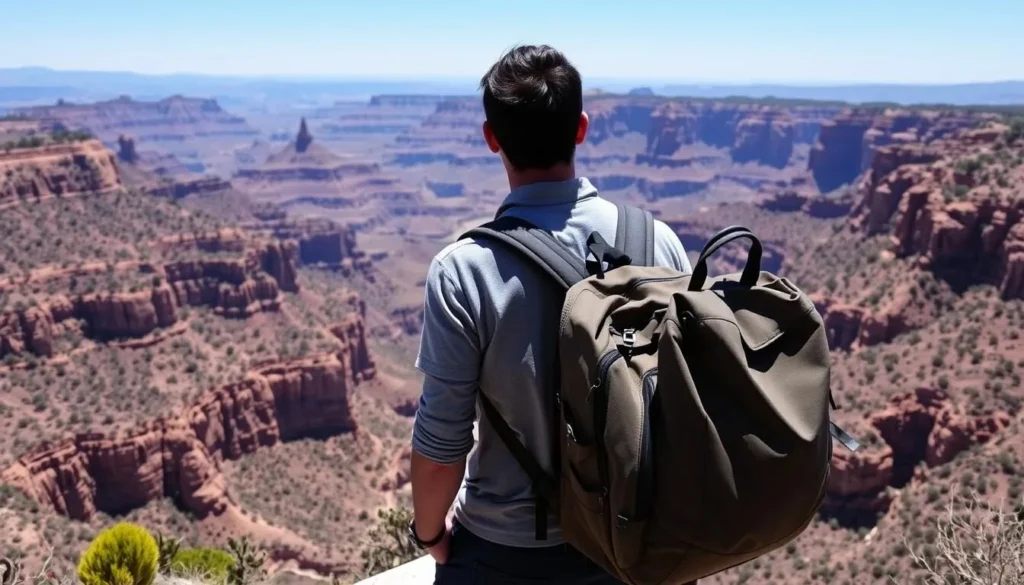
Ready for Your Toro Toro Adventure?
Start planning your journey to this remarkable Bolivian treasure.
Conclusion
Toro Toro National Park represents Bolivia at its most fascinating – a place where prehistoric wonders meet breathtaking landscapes. While reaching this hidden gem requires effort, the reward is an authentic adventure far from the typical tourist trail.
From standing in the footprints of dinosaurs to descending into ancient caves and gazing across dramatic canyons, Toro Toro offers experiences that will stay with you long after your visit. The park’s combination of natural beauty, geological significance, and cultural heritage makes it a standout destination for travelers seeking something truly special in Bolivia.
Pack your sense of adventure and prepare to be amazed by this remarkable corner of South America!
The above is subject to change.
Check back often to TRAVEL.COM for the latest travel tips and deals.
